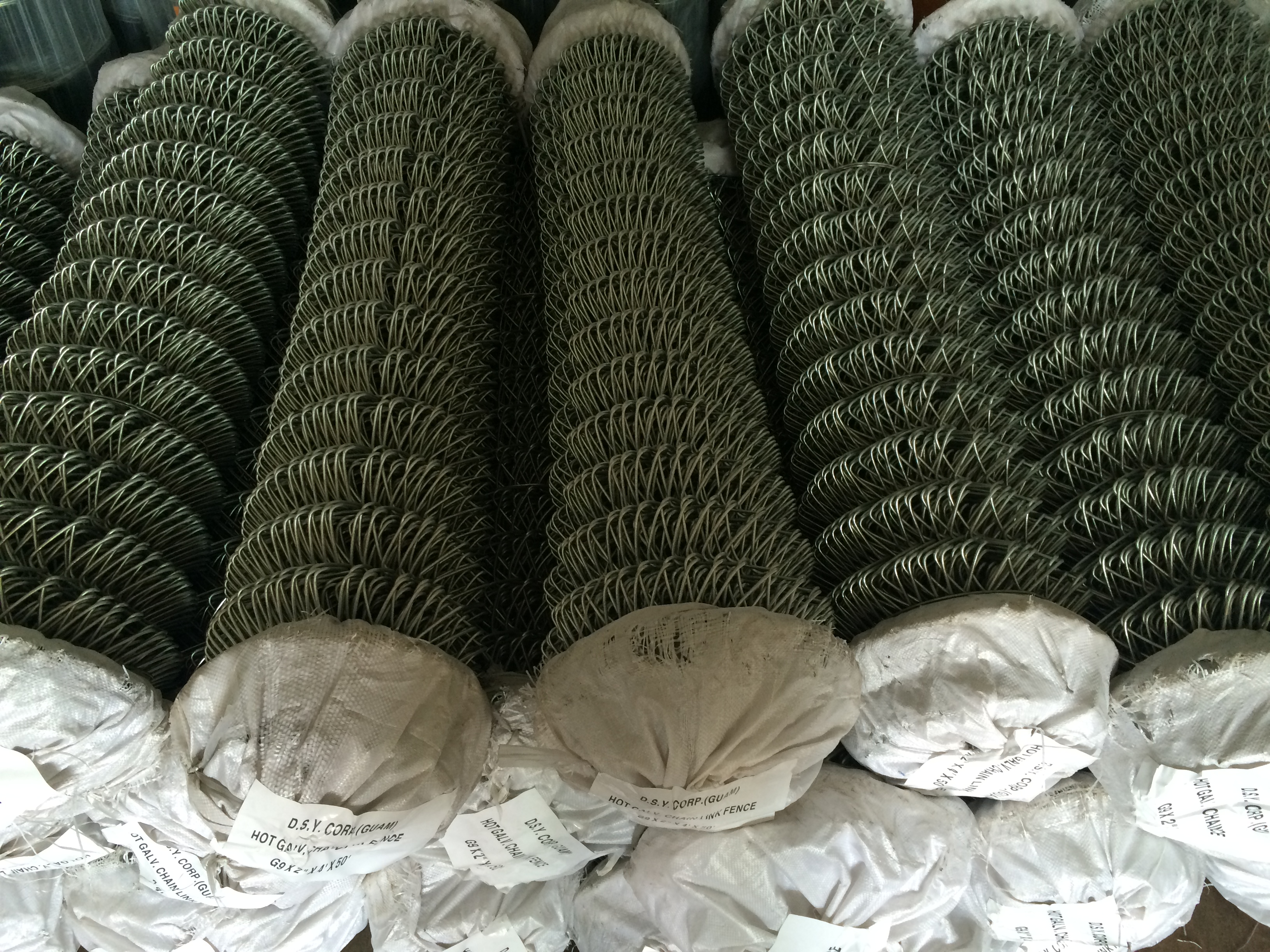Use moderate water for watering
Nutrient loss in the soil includes nutrients applied to the soil, most of which are dissolved in the soil solution in the state of ions. If there is too much watering, the nutrients will be lost to the ground or deep layers with the water, and the roots will not be absorbed, resulting in waste.
The soil is damaged by excessive watering, long-term water accumulation in the soil, and the colloidal material in the soil is diluted and lost, which affects the formation of the aggregate structure, resulting in the decline of the physical and chemical properties of the soil and easy adhesion. Fertility declines.
Excessive watering of root damage caused by hypoxia, due to the reduction of oxygen in the soil, root respiration is blocked, affecting root growth. If the stagnation time is too long, it will cause death.
Excessive watering to reduce the ground temperature, because the water has a large heat capacity, the ground temperature rises slowly, and the water absorbs heat, which will also reduce the ground temperature itself, which is not conducive to crop growth.
Diseases occur frequently, too much watering, field humidity increases, and the duration lasts, leading to the prevalence of rust, deciduous disease, fruit rot and other diseases.
To reduce the quality of fruit, too much watering during ripening is not conducive to the accumulation of fruit sugar, which will reduce the sweetness and affect the coloring; too much watering in the later stage of wheat and corn will be greedy and late.
Too much water and energy, not only waste water resources, but also waste machinery, fuel or electricity.
Therefore, do not over-water. So how much water is appropriate? Different crops, different soil qualities, different plots, different temperatures, and different periods of the same crop have different amounts of watering. In the seedling stage and in the spring with fewer branches and leaves, less water is needed; less water is needed; when the leaf area is the largest, the water requirement is larger, and more water is needed; during the maturity period, it is necessary to prevent the late ripening of the green and affect the accumulation of sugar. In the rainy season, it is often necessary to rain less water; clay soil can hold more water; water on sandy land and beaches needs to be watered; water on nutrients on slopes needs to be watered less. Generally, it is better to keep the soil moisture at 60% ~ 80%.
TYL wire mesh provide chain link wire mesh fence.
It is also known as diamond fence. Chain Link Fence has the
features of woven simple, beauty and practical. The finish treatment is
galvanized. Chain link fence are widely used as protective fence
in residential sites, roads and sports fields. It is normally erected along a fence line of tubular steel
posts. It is widely used in super highway, airport, garden, etc.We also have hexagonal
wire netting, weld wire mesh, 3D fence panel, galvanized iron wire,
garden wire, and Garden Gate for your choice.


|
Mesh Size |
25mm
|
40mm
|
50mm
|
55mm
|
60mm
|
75mm
|
100mm
|
|
Wire Diameter |
1.2 - 1.4mm
|
1.6 - 4.2mm
|
2.0 - 5.0mm
|
||||
|
Length / Roll |
0.5 - 100m |
||||||
|
Width / Roll |
0.5 - 3.0m |
||||||
|
Edge Finish |
Knuckle - Knuckle; Knuckle - Twist |
||||||
|
Zinc Coating |
60-300/m2 for hot dipped galvanized;
8-12g/m2 for electro galvanized |
||||||
|
Materials and specifications can be made as per
customer's requirement. |
|||||||
Material: Hot dipped galvanized wire or electro galvanized wire.
Packing: Make each end plastic bag or woven bag.
Usage: widely used in super highway, airport, sport yard, garden.
The top and bottom of this fence can be formed by a knuckle or twist edge (see illustrations Type A and Type B).
Hot Dipped Galvanized Chain Link Fence, Galvanized Chain Link Fence Roll,Diamond Stainless Steel Mesh,Chain-Link Fabric
DINGZHOU TIAN YILONG METAL PRODUCTS CO., LTD. , https://www.wiremeshsolution.com